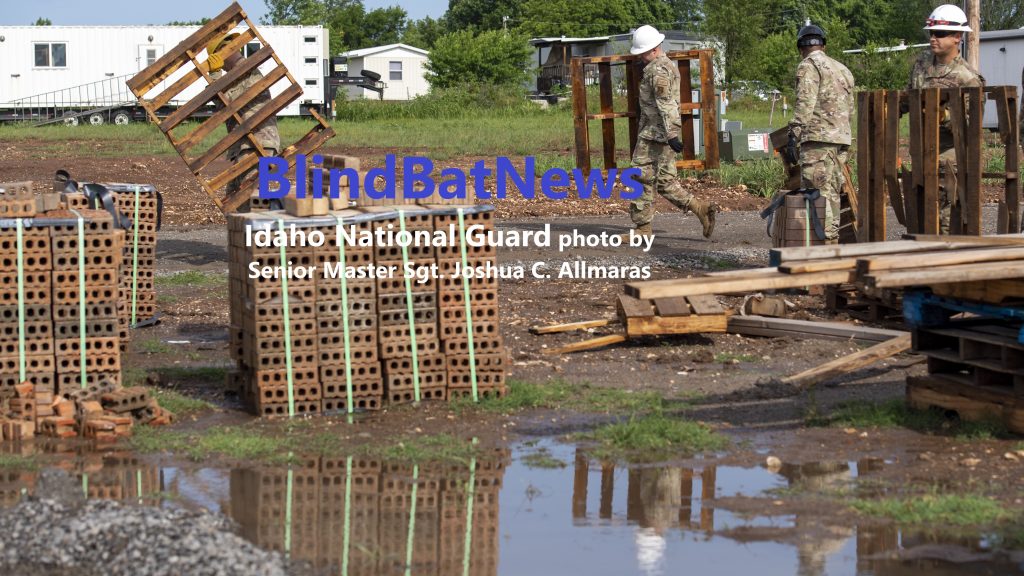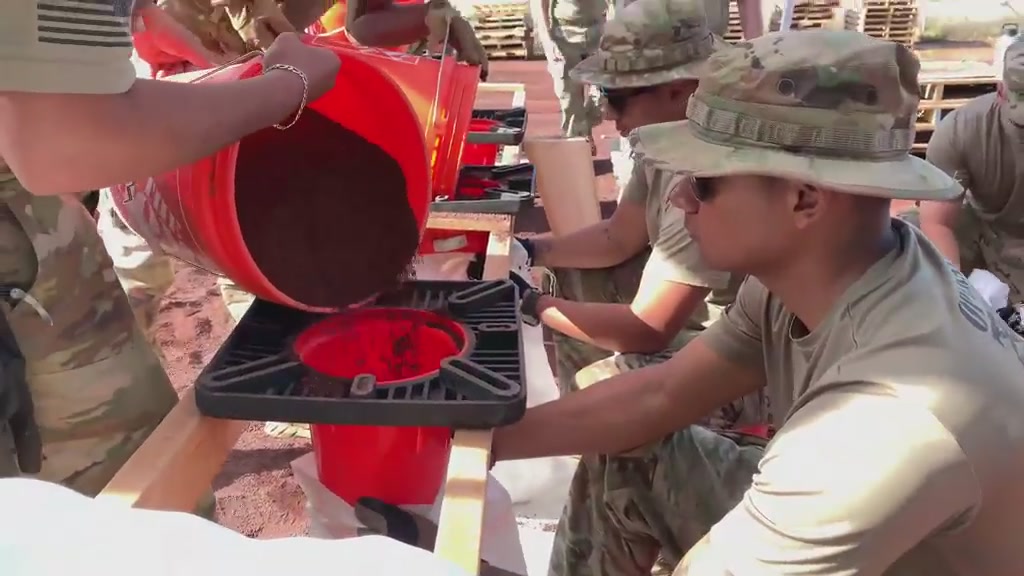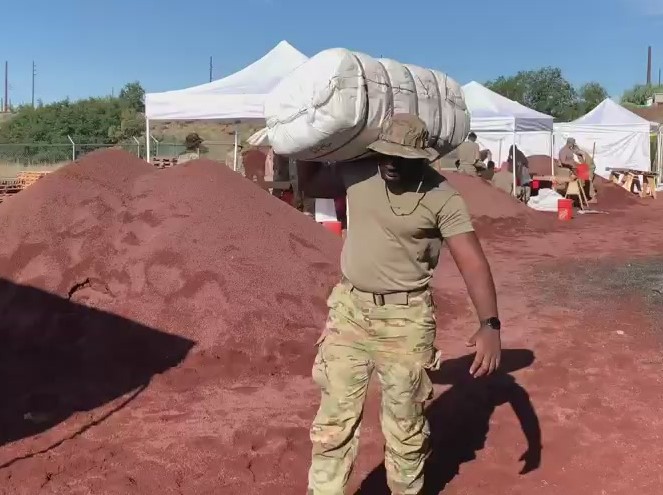On 16JUL2022, more than 30 personnel from the 850th Military Police Battalion deployed to help fill more than 5-thousand sandbags. Then, the next day (17JUL2022), approximately 60 additional personnel of the Arizona National Guard deployed to the Coconino County Public Works Department, to help fill as many as 600-thousand sandbags before the end of the week.
This is due to monsoon flooding, which caused ‘shelter-in-place’ orders to be issued to some of the residents of areas that had been devastated by wildfires in recent years, the burn areas now become zones of large flash flooding during the monsoon season.
On 15JUL2022, administrators of Coconino County asked for help from the National Guard. It turns out that many of the militia personnel were already taking part in their ‘summer camp’ training, just 25 miles away, and some of them actually live in Coconino County: “We just pivoted those soldiers over there and re-directed them to the Coconino Public Works building… …There are some who are from this area. That is what’s beautiful about it. We are part of the community in which we serve.”-Major Kyle Key, Arizona Army National Guard
Arizona Army National Guard shows you how to ‘sandbag’ on the job, video by Major Kyle Key:
U.S. Disaster 2022:  MONTANA MILITIA DEPLOYS AFTER MAJOR FLOODING!
MONTANA MILITIA DEPLOYS AFTER MAJOR FLOODING!
 IDAHO AIR GUARD DEPLOYS TO CHEROKEE NATION!
IDAHO AIR GUARD DEPLOYS TO CHEROKEE NATION!
U.S. Food Crisis 2022:  KENTUCKY MILITIA DEPLOYED FOR WATER SHORTAGE, “BAD WENT TO WORSE!”
KENTUCKY MILITIA DEPLOYED FOR WATER SHORTAGE, “BAD WENT TO WORSE!”


